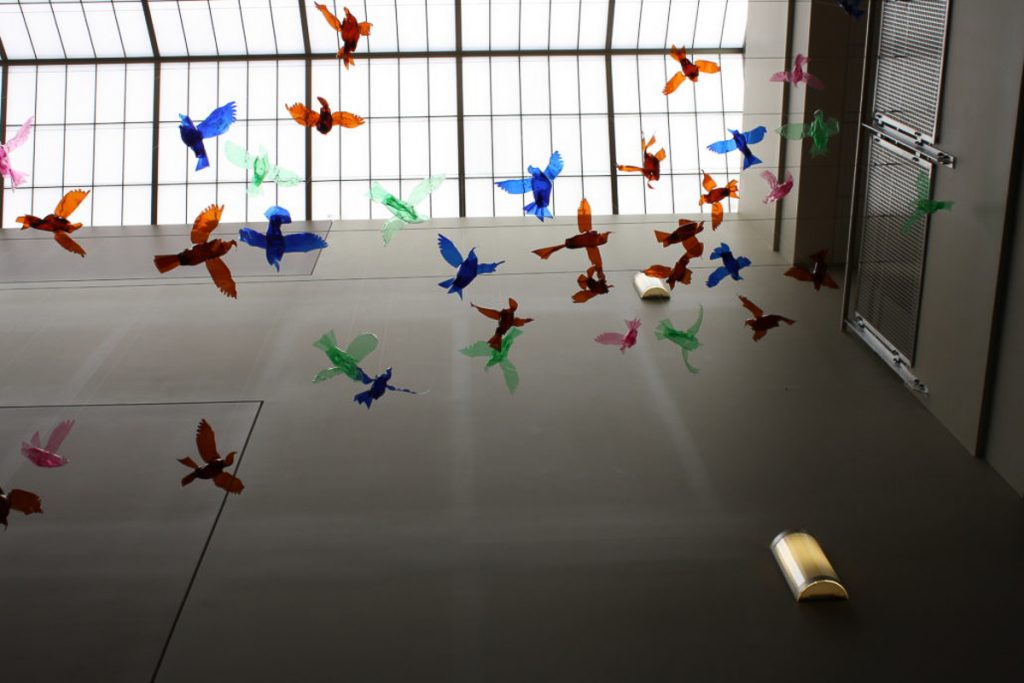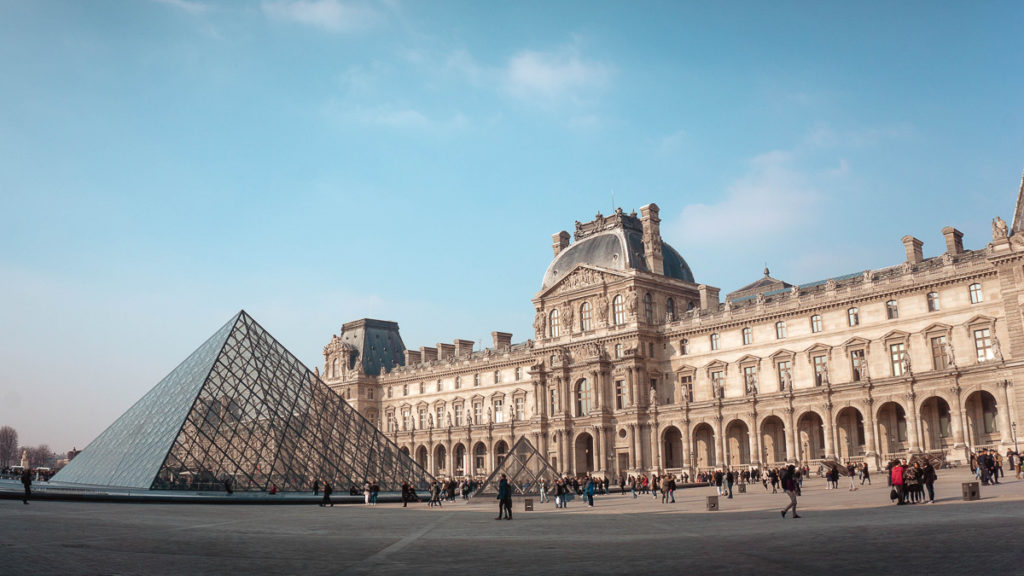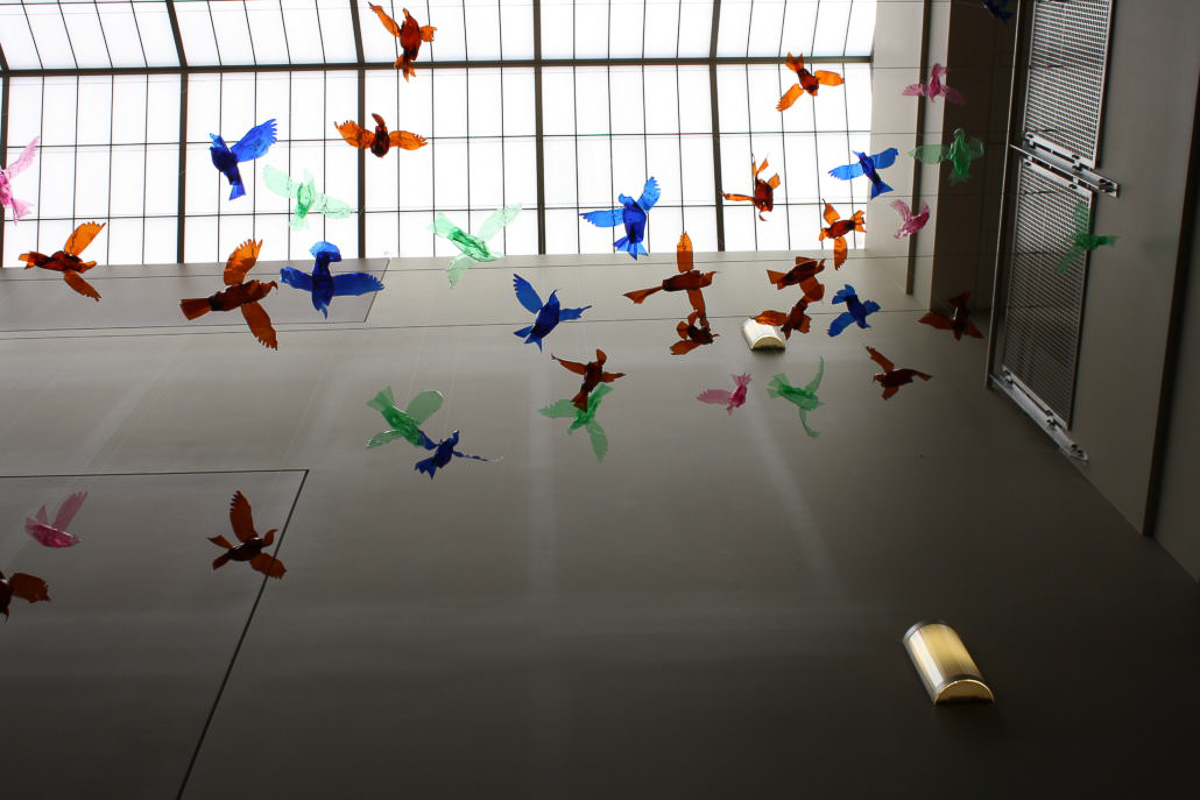Today is Earth Day – and not just any Earth Day, but the 50th anniversary of Earth Day – a date that is traditionally marked by environmental action and conversations about sustainability.
In this time during a devastating pandemic, where each day seems to last a year in itself, thinking about sustainability can be difficult. However, we in the museum community still need to look towards the future and plan to meet that challenge. First, as museum professionals our job is to preserve and interpret cultural objects or intangible heritage – from vintage sheet music to the tune and lyrics themselves. This is why we exist, receive donations, and are funded by tax dollars, corporate monies, and private contributions. The mission of a museum is to hold the public’s trust utilizing ethical, educational, and sustainable methods, and to measure plans for the future so as to never lose that public trust and support.
Second, in a world besieged with climate change, water shortages, trash pile ups, and other environmental impacts, museums need to look to the future to further assist their communities – and to preserve their own holdings – by demonstrating proactive sustainable measures. As a representative of their town, city, or other local area, museums must do their part and continue their role as public educator.
So what things can we do to help while working in a museum? First, a few simple things, amongst others: recycle, use less water, watch our paper use (e-newsletters are our friend!), reuse what we can (wash the plastic forks after an event), make good choices in our supplies, and monitor our electricity usage as far as possible – for instance, using LED lights in exhibit cases not only conserves energy but it helps to preserve artifacts. And sustainability can also be addressed in larger ways. For example, some museums are being redesigned to be more environmentally friendly, or in some cases completely carbon-neutral such as the new science museum being built in Lund, Sweden.

This display called Birds of a Feather is by Patti Lawrence. Made out of reused plastic bottles, it highlights environmental issues. Photo courtesy of Kingsport Office of Cultural Arts and the City of Kingsport Higher Ed. Center
And as central educational centers for the public, what we do to lessen our environmental impact is viewed by our public. Those of us whose mission intersects with the natural and scientific world can, of course, produce programming and exhibits that teach environmental care and principles. But even if our mission is not focused that way – for example, a music museum like us – leading by example is another pathway to sharing sustainability goals and actions with our community. We can even use what we know to assist those in our community take similar steps. For instance, through BCM’s festival branch, our Green Team works to make green changes and encourage recycling at our annual music festival.
And so, museums today are working on a better future environmentally and taking what steps we can to help. But besides this, what other goals can museums express for sustainability? We hold collections of culture, science, and art – tangible and intangible – and educate the public on their value, for those here now and for generations afterwards. But to continue to exist and be relevant, we need to be responsive to changes in our world. In what ways can we do this? To answer this, museums are going to need to fully open their doors, all too often appearing, at least to some, as intrusive monoliths in a city’s landscape compared to the daily activities performed around them. For instance, the Georgian-styled archives, the Greek Revival art museum, etc. A redesign is needed by many institutions, not just of their façade, but of how the community views the museum itself.
We in museums have to ask many, many, questions. Who is our audience? What are their expectations? Where do we fit in our community? And how can we help? How can we sustainably preserve the history, art, and cultural heritage for future generations? How can we make our mission resonate with different ethnic, religious, and cultural groups? How do we not become obsolete in a quickly changing world?

The Louvre Museum and Pyramid, a temple next to a modern interpretation of a temple.
Photo by Yeo Khee on Unsplash
Even during this time of Covid-19 taking over our “normal” lives, museums are proving how necessary they are. Yes, most – if not all – are closed, but still they are active in their communities. Some are offering their large parking lots for testing or food pickup. Many museum professionals are assisting with supply gathering or sewing of masks. Museums are using social media and their own websites to offer activities for children (and adults) now at home full time, or to demonstrate science experiments, or to show virtual exhibits. And the public is responding and consuming all this extra content with gusto. And while doing so, museums are still deemed important and needed, even when closed. Hopefully, due to these creative and innovative ways museum professionals are still interacting with their audiences, people will return when we open back up.
And our communities will continue to support us as we evolve with our community. Sustainability is based on change, resilience, and an understanding that normal can shift to something new in the face of different attitudes, resources, situations, and perspectives. This can be seen right now as we are all dealing with the uncertainties of this pandemic – in the midst of this, museums are proving that they can work with other organizations and community partners to help and be relevant, even with their doors closed to the public. The future is more uncertain than ever right now, but we museum professionals are on the front lines and will continue to assist our communities in many diverse ways.
And so, on this 50th anniversary of Earth Day, we will continue to search for other methods we can help lessen our negative impact on the environment and plan for future changes our museum can do such as updating an HVAC system or using natural light to illuminate and heat the museum. But as well, we will reach out to our community, and the community of museums, schools, libraries, and other institutions, to set programs and exchange ideas on how we can have a better impact on our audiences and – well, the whole earth – to sustain our importance and social need.
For more information, here are some great resources: Principles for Sustainable Museums; Sustainability and Museums; and Museums, Environmental Sustainability, and Our Future.


